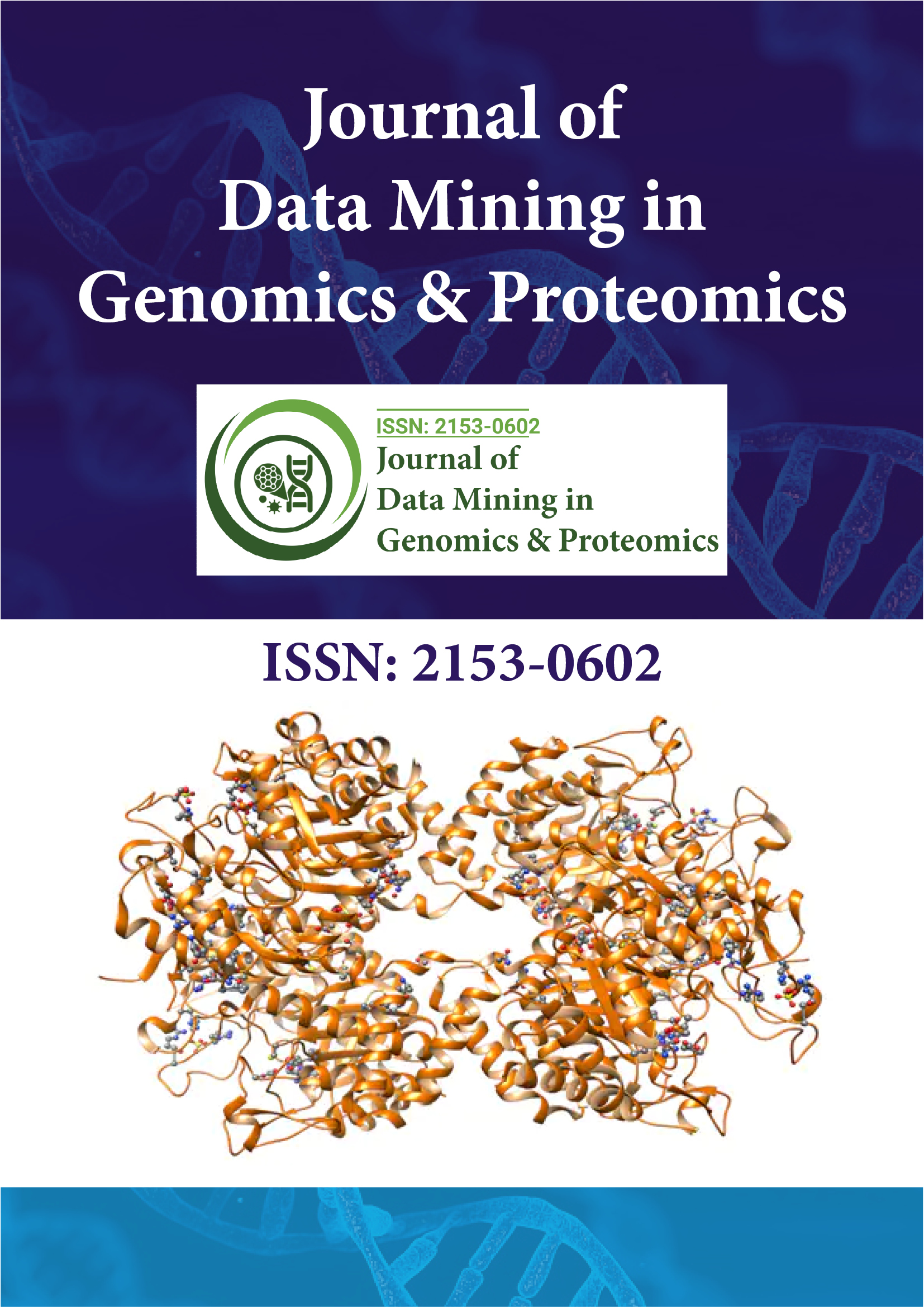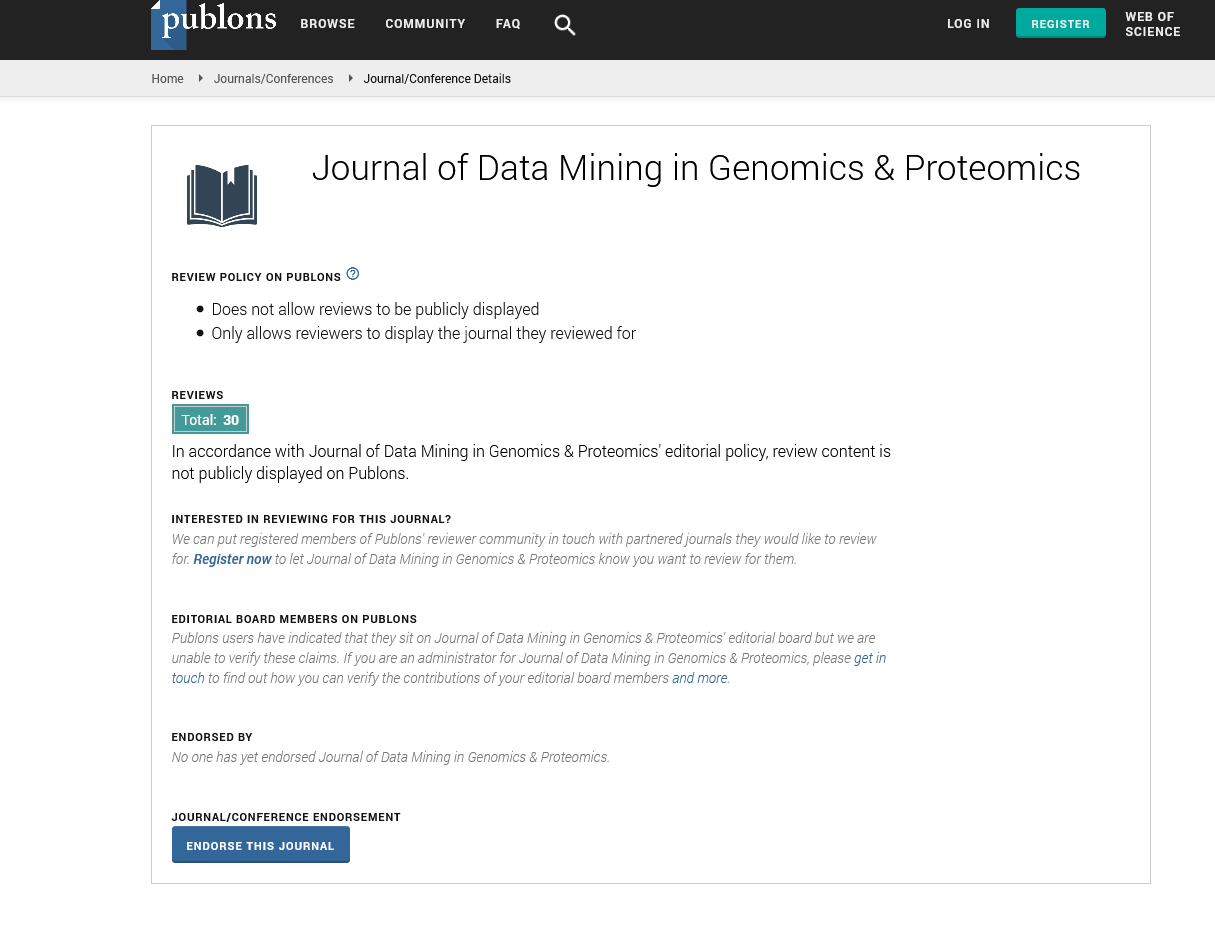Indexed In
- Academic Journals Database
- Open J Gate
- Genamics JournalSeek
- JournalTOCs
- ResearchBible
- Ulrich's Periodicals Directory
- Electronic Journals Library
- RefSeek
- Hamdard University
- EBSCO A-Z
- OCLC- WorldCat
- Scholarsteer
- SWB online catalog
- Virtual Library of Biology (vifabio)
- Publons
- MIAR
- Geneva Foundation for Medical Education and Research
- Euro Pub
- Google Scholar
Useful Links
Share This Page
Journal Flyer

Open Access Journals
- Agri and Aquaculture
- Biochemistry
- Bioinformatics & Systems Biology
- Business & Management
- Chemistry
- Clinical Sciences
- Engineering
- Food & Nutrition
- General Science
- Genetics & Molecular Biology
- Immunology & Microbiology
- Medical Sciences
- Neuroscience & Psychology
- Nursing & Health Care
- Pharmaceutical Sciences
Editorial - (2021) Volume 0, Issue 0
Gene Expression and Its Mechanism
Corder Christine*Received: 02-Sep-2021 Published: 23-Sep-2021, DOI: 10.35248/2153-0602.21.s7.e003
Description
Quality articulation data sets contain an abundance of data, however current information mining apparatuses are restricted in their speed and adequacy in separating significant natural information from them. On Line Analytical Processing (OLAP) can be utilized as an enhancement to bunch examination for quick and viable information mining of quality articulation data sets. We utilized Analysis Services 2000, an item that ships with SQLServer2000, to develop an OLAP 3D square that was utilized to mine a period series try intended to distinguish qualities related with opposition of soybean to the soybean pimple nematode, a staggering irritation of soybean. The information for these investigations is put away in the Soybean Genomics And Microarray Database (SGMD). Various competitor obstruction qualities and pathways were found. Contrasted with customary group examination of quality articulation information, OLAP was more compelling and quicker in finding organically significant data. OLAP is accessible from various sellers and can work with any social data set administration framework through OLE DB. Most codon records utilized today depend on exceptionally one-sided nonrandom use of codons in coding areas. The foundation of a coding or noncoding DNA arrangement, notwithstanding, is genuinely irregular, and can be described as an arbitrary fractal. At the point when a quality finding calculation fuses different wellsprings of data about coding areas, it climbs to the next level. It is in this manner profoundly attractive to foster new and effective codon files by at the same time describing the fractal and intermittent provisions of a DNA arrangement. In this paper, we portray an original method of accomplishing this objective. The effectiveness of the new codon record is assessed by concentrating on all of the 16 yeast chromosomes. Specifically, we show that the technique consequently and accurately recognizes which of the three perusing outlines is the one that contains a quality. In hereditary qualities, quality articulation is the most essential level at which the genotype leads to the aggregate, for example recognizable quality. The hereditary data put away in DNA addresses the genotype, while the aggregate outcomes from the "translation" of that data. Such aggregates are regularly communicated by the amalgamation of proteins that control the living being's design and improvement, or that go about as chemicals catalyzing explicit metabolic pathways. All means in the quality articulation interaction might be adjusted (managed), including the record, RNA grafting, interpretation, and post-translational alteration of a protein. Guideline of quality articulation gives command over the circumstance, area, and measure of a given quality item (protein or ncRNA) present in a cell and can profoundly affect the cell design and capacity. Guideline of quality articulation is the reason for cell separation, advancement, morphogenesis and the flexibility and versatility of any life form. Quality guideline may thusly fill in as a substrate for developmental change. The creation of a RNA duplicate from a DNA strand is called record, and is performed by RNA polymerases, which add each ribonucleotide in turn to a developing RNA strand according to the complementarity law of the nucleotide bases. This RNA is correlative to the layout 3′ → 5′ DNA strand, with the exemption that Thymines (T) are supplanted with Uracils (U) in the RNA. In prokaryotes, record is done by a solitary kind of RNA polymerase, which needs to tie a DNA grouping called a Pribnow box with the assistance of the sigma factor protein (σ factor) to begin record. In eukaryotes, record is acted in the core by three kinds of RNA polymerases, every one of which needs an extraordinary DNA grouping called the advertiser and a bunch of DNA-restricting proteins—record factors—to start the cycle (see guideline of record underneath). RNA polymerase I is answerable for record of ribosomal RNA (rRNA) qualities. RNA polymerase II (Pol II) deciphers all protein-coding qualities yet in addition some non-coding RNAs (e.g., snRNAs, snoRNAs or long non-coding RNAs). RNA polymerase III interprets 5S rRNA, move RNA (tRNA) qualities, and some little non-coding RNAs (e.g., 7SK). Record closes when the polymerase experiences a grouping called the eliminator.
Citation: Christine C (2021) Gene Expression and Its Mechanism. S7:e003.
Copyright: © 2021 Christine C. This is an open-access article distributed under the terms of the Creative Commons Attribution License, which permits unrestricted use, distribution, and reproduction in any medium, provided the original author and source are credited.

